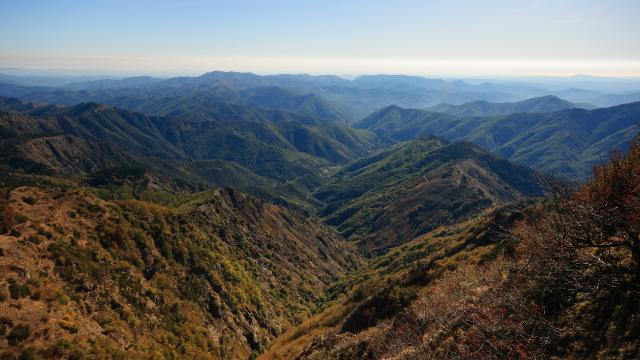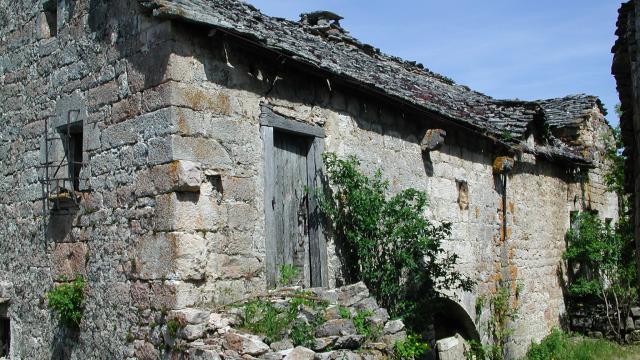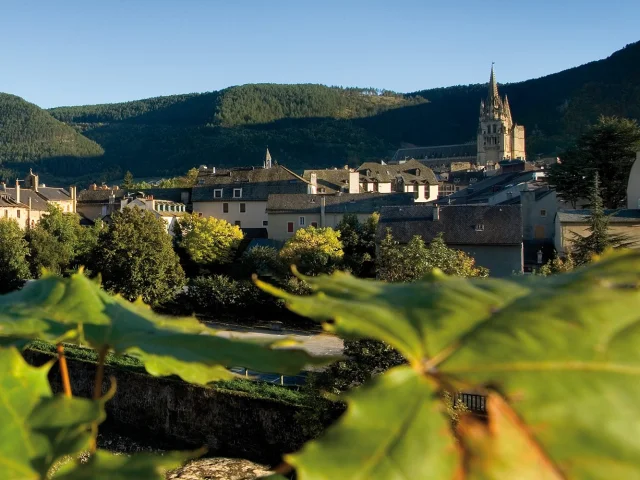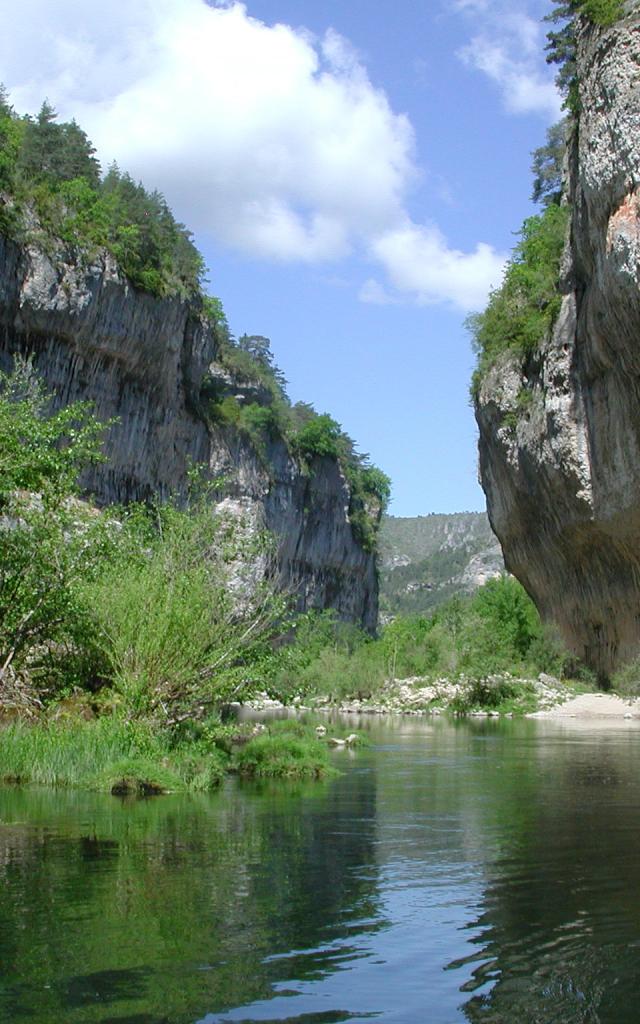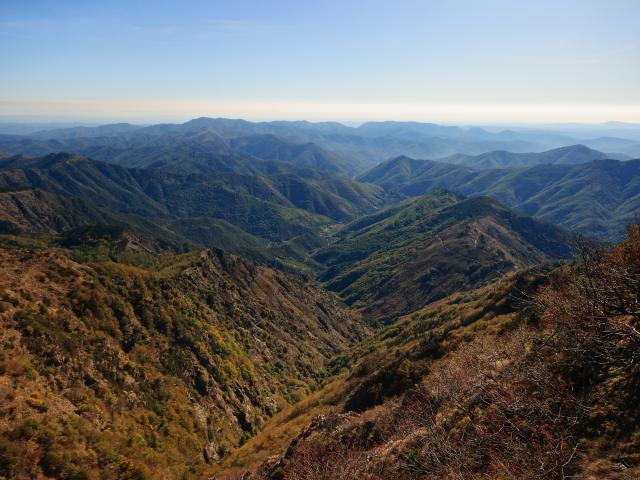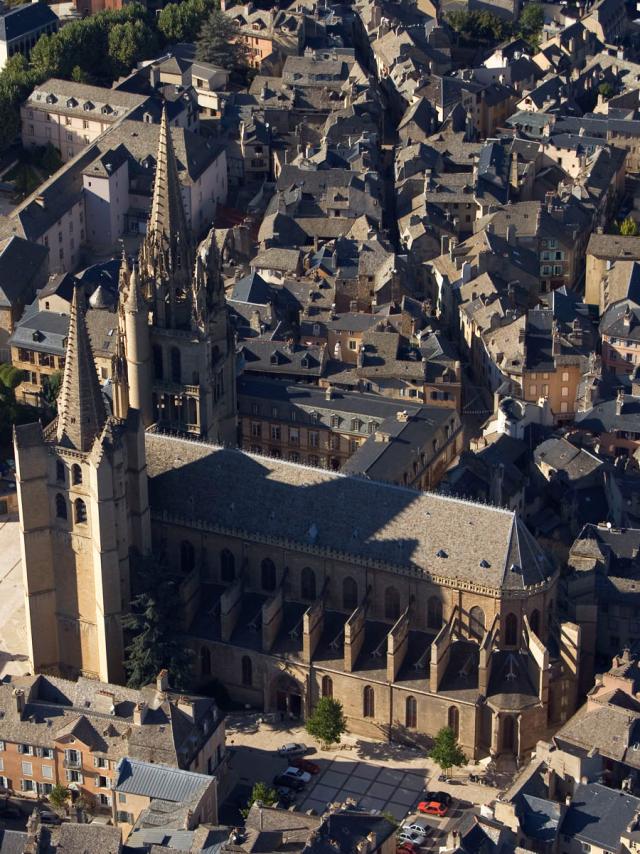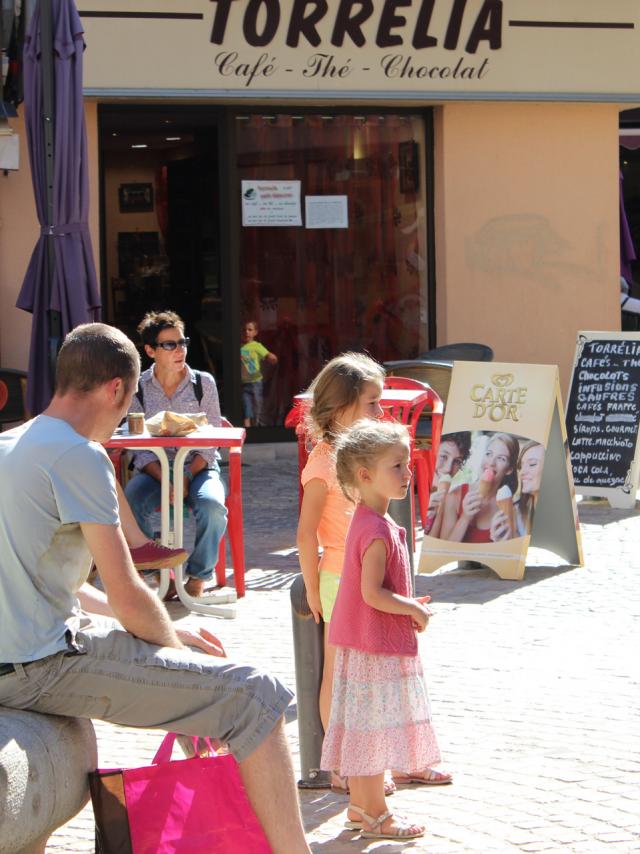Since 2011, the Causses and Cévennes region has been on UNESCO’s World Heritage List as a cultural landscape of Mediterranean agro-pastoralism.
The listed site covers 3,000 km² from the southern Massif Central to the Mediterranean. It is divided between the departments of Gard, Lozère, Hérault and Aveyron. However, it does not cover all the Causses or all the Cévennes.
A mountain landscape criss-crossed by numerous valleys, it is representative of the relationship between agro-pastoral systems and their physical environment.






